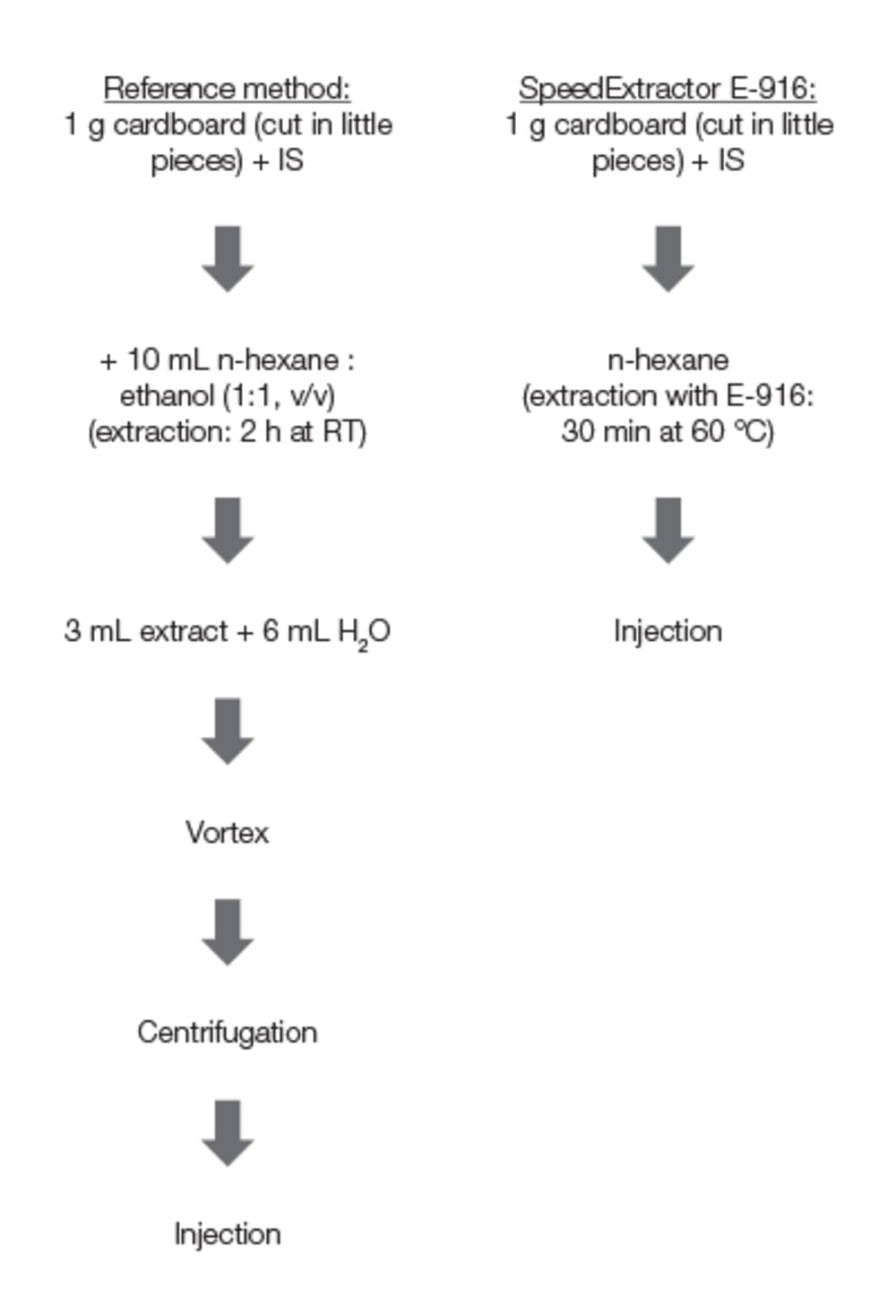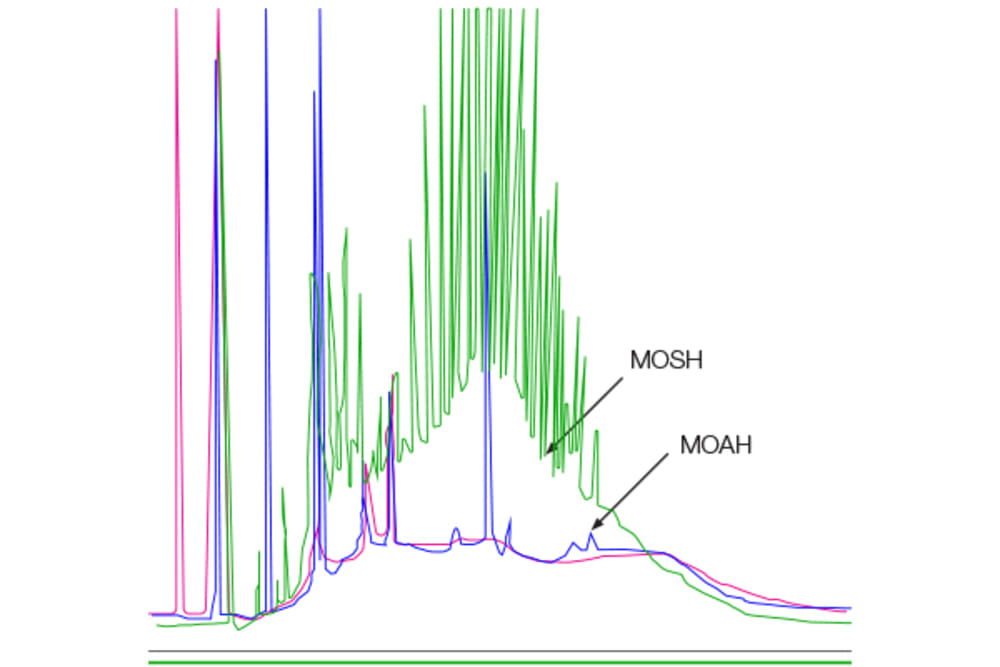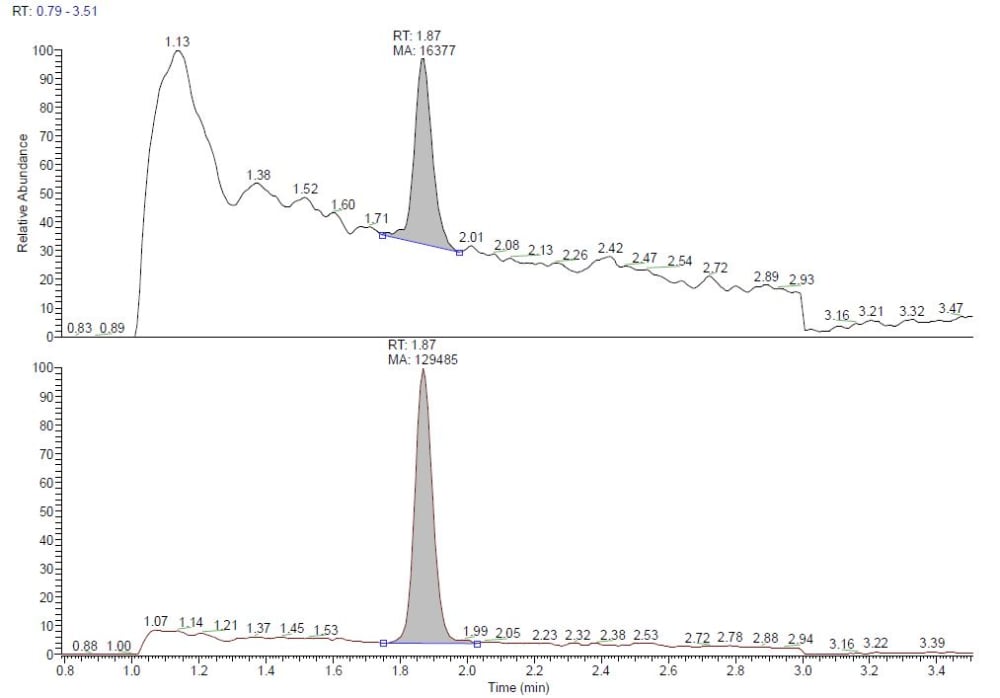The detectives get wrapped up in extraction of BPA and mineral oil hydrocarbons from food packaging

Chapter 10
? Case overview: The detectives get into a heated argument over the safety of food packaging. Can Shallot Holmes convince Eggcule Poirot that cardboard packaging and canned food packaging do not leak harmful substances such as bisphenol A (BPA) or mineral oil hydrocarbons into the actual food? There is only one way to settle this discussion: with experiments. See who comes out on top in the post below.
The detectives are in the grocery store picking up a few food items when suddenly Eggcule Poirot lets out a disgusted grunt. Standing in the canned food aisle, he points at a particular can with a shaking finger. His little body is trembling in barely controlled anger. His colleagues quickly gather around to look at the guilty culprit causing their friend so much grief: canned eggs!
Shallot Holmes and the others laugh heartedly. They admit it is an uncommon food to see canned, but it is perfectly alright. Eggcule Poirot is so angry by now, it is starting to smell like a rotten egg in the store. The rest usher him out quickly and try to calm him down. Shallot Holmes ensures him that canned food enjoys a good reputation thanks to proper food production processes and safe food packaging. Eggcule Poirot sticks to his point that fresh is better. He is adamant, for example, that contaminants in food packaging can often leak into the food.
Nancy Beef proposes to settle this argument with a little challenge. They will analyze how leaky common food packaging is. But because they don’t have much time before they must work on their next client case, they have to do it as fast as possible.
Shallot Holmes and Eggcule Poirot agree with her plan and all five detectives quickly head back to their office.
Firstly, they do some quick research on potential contaminants. They decide to analyze of mineral oil saturated hydrocarbons (MOSH) and mineral oil aromatic hydrocarbons (MOAH) from cardboard. These contaminants are found in many food samples stored in cardboard food packaging made from recycled fibers. MOAH has potential carcinogenic effects, so it should be absent from food. For MOSH, being less harmful, a minimum value is not yet settled but an acceptable daily intake (ADI) value of 4-12 mg/kg depending on the length of carbon chain is suggested.
Next, they choose bisphenol A (BPA), the raw material from the production of polycarbonate (PC). This material is also used in coatings for different food containers and other items. During sterilization processes of canned foods, BPA can be released from the coating of food packaging and could migrate into the food. The legal sum of migration levels for BPA in food is a maximum of 0.05 mg /kg food.

The detectives then find protocols for extraction and analysis of MOSH and MOAH. For the extraction of mineral oil residues, all parts used for the extraction, which come in contact with the sample or extract, must be pre-cleaned to avoid external contamination. The detectives achieve this by heating them for a minimum of 8 hours at 450 °C. Alternatively, they could have cleaned the parts in an ultrasonic bath using acetone or n-hexane for 5 minutes.
They prepare their samples, cardboard pieces of 6 cm in length and 2-4 mm in width. The detectives extract the samples with n-hexane to quantitatively transfer the mineral oil into a measurable form.
The detectives consider the extraction methods available to them, pressurized solvent extraction (PSE) or classical extraction. They take a look at the protocols:

Since they are in a hurry, they decide to use their PSE system to cut down the extraction process to 30 minutes for six samples in parallel compared to two hours with the reference extraction method . Extracting with the PSE system avoids a clean-up step, so they can directly quantify with LC-GC/FID (in collaboration with Prof. S. Moret). They realize that due to the high number of fractions present in mineral oil hydrocarbons, they cannot separate individual hydrocarbons by GC, but instead characterize GC traces by humps of unresolved peaks.

(poster from S. Moret; presentation at ExTech 2012 (Messina))
Shallot Holmes is happy to confirm that indeed MOSH and MOAH are present in negligible quantities in cardboard food packaging they tested. Eggcule Poirot is slowly starting to change his mind. Nonetheless, they proceed to analyse the canned food packaging.
The detectives test various preserved food samples including beans, poultry soup stew, ravioli and artichokes. Firstly, they homogenize and freeze-dry the food samples, then perform the extraction with the PSE unit with acetonitrile: water (1:1, v/v). The extraction process lasts 1 hour and 15 minutes and is completed after three cycles. Before quantifying with LC-MS/MS, they filter an aliquot from each extract through a 0.45 μm PTFE syringe filter. They carefully examine the total ion current (TIC) from all samples, including artichoke:

On average, all samples had BPA content far below the legal sum of migration levels.
Eggcule Poirot is now ready to admit he had overreacted earlier. Considering his egg-o, this is no easy task. Lieutenant Cornlumbo offers to prepare some pizza at home. But he warns Eggcule Poirot he will use canned tomatoes and canned corn. This time Eggcule Poirot also joins in the laughter?.
